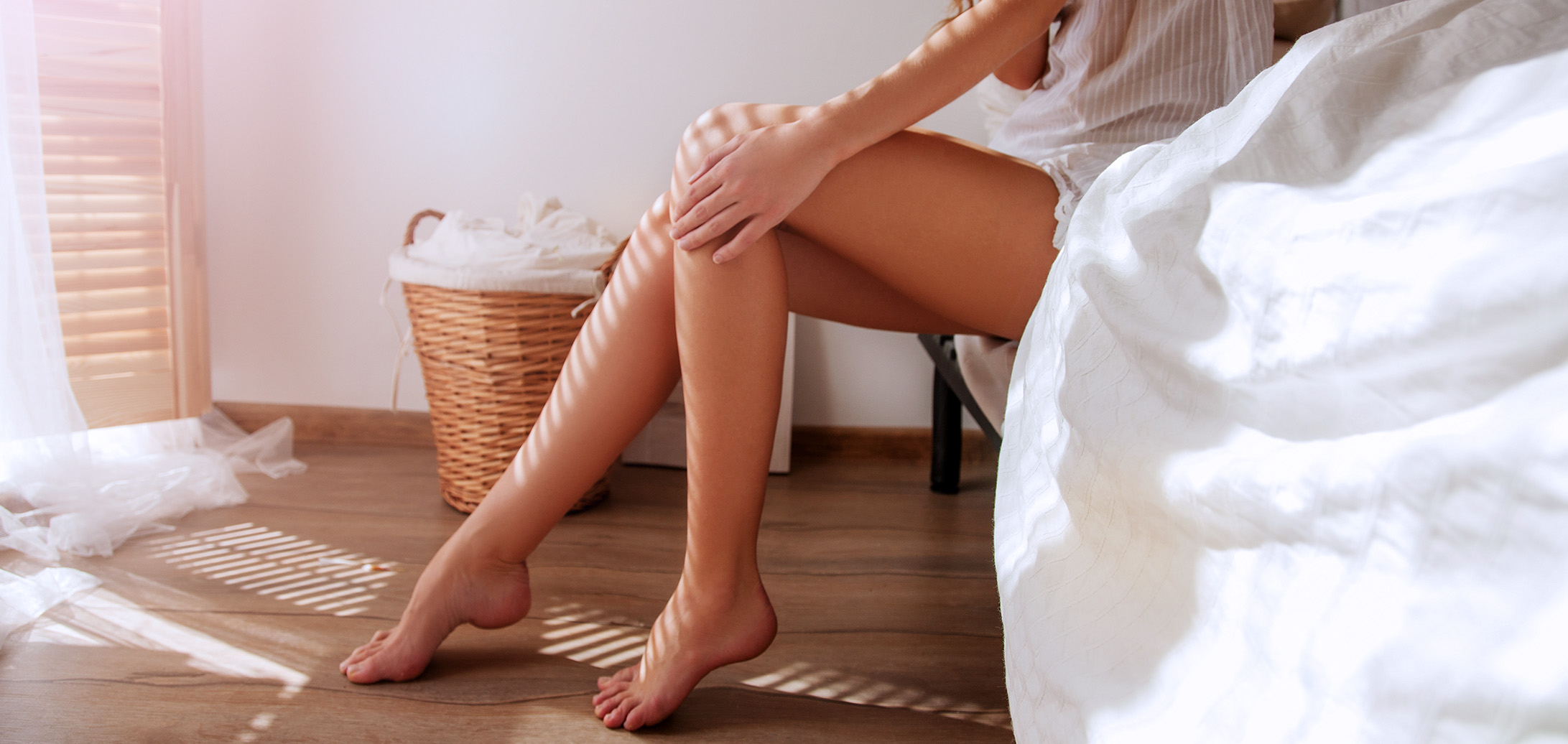The Skin-Varicose Connection: Self-Care Tips for Beautiful, Healthy Legs

This article will explore the intriguing connection between skin changes and varicose veins. We will shed light on what you need to understand about this vascular condition, from the basics of varicose veins to the impact on your skin’s health. By the end, you’ll have a comprehensive grasp of what steps you can take to maintain healthy skin.
Varicose Veins
Veins return deoxygenated blood from the body’s tissues to the heart. When they function correctly, they prevent blood from flowing backward. However, if the one-way valves in the veins become weakened or damaged, varicose veins can develop.
Varicose veins are enlarged, twisted veins that commonly appear in the legs. Blood pooling leads to the characteristic bulging and twisted appearance of varicose veins. Some of the common symptoms associated with varicose veins are:
– Pain and aching
– Feeling of heaviness in their legs
– Changes in the skin of the legs
The Skin-Vein Connection
When we think about varicose veins, we often focus on their physical appearance and the discomfort they can cause. However, there’s more to varicose veins than meets the eye. Beyond the surface, a fascinating connection exists between varicose veins and the health of your skin. In this section, we’ll delve into this intricate relationship.
How Varicose Veins Affect Skin Health
The relation between varicose veins and skin changes lies in disrupting proper blood flow. When veins malfunction, they can lead to skin-related issues due to poor circulation. This disruption can result in the following skin problems:
– Skin Discoloration. Reduced blood flow can cause skin around varicose veins to become discolored. Skin often takes a reddish or brownish hue. This discoloration may be more noticeable in people with fair skin. Treatments done by a Varicose Veins Specialist located in Phoenix can help you recover the natural color beauty of your skin.
– Eczema and Dermatitis. Prolonged blood stagnation in varicose veins can irritate the surrounding skin, leading to conditions like eczema or dermatitis. These skin conditions are characterized by redness, itching, and inflammation.
– Skin Ulcers. In severe cases, varicose veins can cause skin ulcers and painful open sores requiring prompt medical attention. These ulcers often develop on the lower leg, typically near the ankles.
The Importance of Early Detection
Early detection of skin changes associated with varicose veins is crucial. If you notice any of the above skin issues, it’s essential to consult a vein specialist. Early diagnosis and treatment can help prevent complications and improve the health of your skin.
Regular skin checks, especially if you have varicose veins, can help identify skin changes at an early stage. Dermatologists and vascular specialists can guide you in managing skin conditions related to varicose veins.
Maintaining Healthy Skin
Ensuring healthy skin while dealing with varicose veins is essential for your well-being. Here, we’ll provide more detailed insights and practical tips to keep your skin in shape.
Proper Skincare Routine
A consistent skincare routine is your first line of defense against skin issues related to varicose veins. Here’s what you can do:
– Moisturize Regularly. Varicose veins can often lead to dry and itchy skin. Use a high-quality, hypoallergenic moisturizer daily to keep your skin hydrated. Pay extra attention to the areas around varicose veins.
– Gentle Cleansing. When cleaning the affected area, use a mild, fragrance-free cleanser. Harsh soaps or cleaners with strong fragrances can irritate your skin further.
– Avoid Hot Water. Hot showers may worsen the symptoms associated with varicose veins, such as itching. Opt for lukewarm water when bathing to prevent further irritation.
– Pat, Don’t Rub. After cleansing or moisturizing, pat your skin dry with a soft towel. Do not rub vigorously, as this can irritate the skin.
– Choose the Right Products. Look for skincare products that are formulated for sensitive skin. Products containing ingredients like aloe vera or oatmeal can be soothing for irritated skin.
– Sunscreen Protection. Protect your skin from harmful UV rays by applying sunscreen with a high SPF. This is especially important if varicose veins are visible on your legs. Sun exposure can exacerbate skin discoloration.
Tips for Skin Protection
Beyond your skincare routine, here are more tips to protect your skin when dealing with varicose veins:
1. Avoid Scratching. Itchy skin can be a common complaint for those with varicose veins. However, scratching can lead to skin damage and infections. Instead, gently apply a cold compress or an anti-itch cream when needed.
2. Elevate Your Legs. Elevating your legs when resting can reduce swelling associated with varicose veins. Prop your legs up on pillows or a cushion for added comfort.
3. Stay Hydrated. Drinking plenty of water during the day is essential for your skin health. Proper hydration helps maintain skin elasticity and can alleviate dryness.
4. Wear Loose Clothing. Choose loose-fitting clothing, especially around areas with varicose veins. Tight clothing can restrict blood flow and exacerbate discomfort.
5. Maintain a Healthy Weight. Obesity can put additional pressure on your veins, worsening varicose veins and related skin issues. Maintaining a healthy weight through diet and regular exercise can be beneficial.
These tips can address the visible aspects of varicose veins and ensure your skin remains a vibrant part of your well-being.
Conclusion
Understanding the link between varicose veins and skin changes is crucial for anyone with this common condition. By recognizing the symptoms and prevention strategies, you can take proactive steps to manage varicose veins and maintain healthy, beautiful skin.

